How to Make Biomass Pellets from Crop Waste: Sustainable Energy Guide
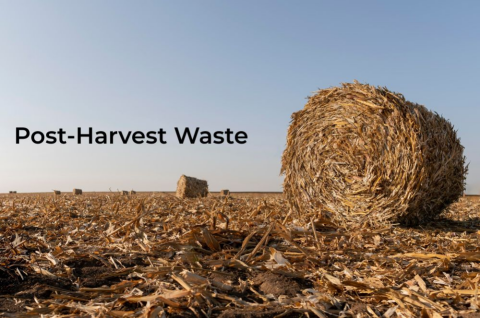
The global shift toward renewable energy has made biomass pellets a cornerstone of sustainable fuel production. Crop waste, such as rice husks, wheat straw, and corn stalks, offers an abundant and eco-friendly feedstock for pelletization. This guide explores the step-by-step process of converting agricultural residues into energy-dense biomass pellets using a biomass pellet machine, while addressing environmental benefits and practical considerations.
Why Biomass Pellets from Crop Waste?
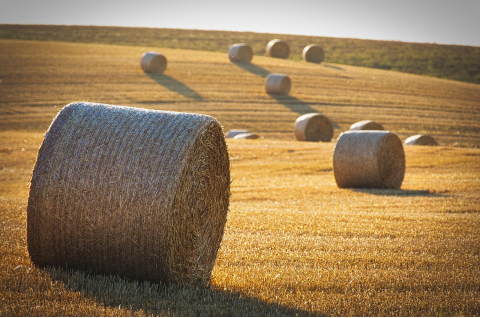
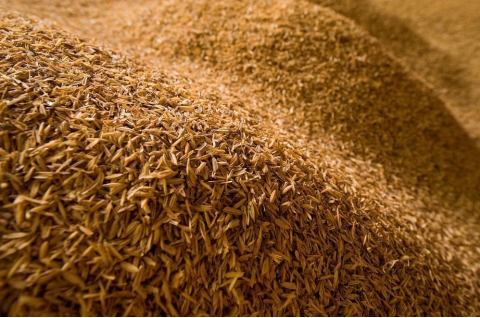
Crop residues account for over 50% of global biomass resources, yet most are burned or discarded, contributing to air pollution and wasted energy potential. Transforming this waste into pellets provides:
l Carbon-neutral energy: Unlike fossil fuels, biomass pellets release only the CO₂ absorbed during plant growth.
l Economic value: Farmers can monetize agricultural byproducts, boosting rural economies.
l Waste reduction: Diverts 300+ million tons of crop residues annually from open-field burning.
Step-by-Step Guide to Biomass Pellet Production

1. Raw Material Collection & Preparation
Collect crop waste like straw, husks, or stalks. Ensure moisture content is below 15% for optimal pelletization. Use a hammer mill to shred materials into 3-5 mm particles.
2. Drying
High moisture (>15%) causes poor pellet binding. Employ rotary dryers or solar drying systems to reduce moisture to 8-12%.
3. Pelletizing with a Biomass Pellet Machine
This is the core stage. A biomass pellet machine compresses feedstock under high pressure (70-120 MPa) and temperature (90-120℃), breaking down lignin to bind particles. Key machine types include:
l Flat-die pellet mills: Ideal for small-scale production (75-300 kg/h).
l Ring-die pellet mills: Suited for industrial-scale output (1-10 tons/h).
4. Cooling & Packaging
Fresh pellets exit the machine at 70-90℃. Use a counterflow cooler to reduce temperature and moisture. Package pellets in sealed bags to prevent reabsorption of humidity.
Choosing the Right Biomass Pellet Machine
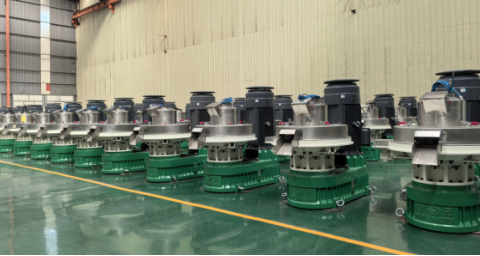
Selecting equipment depends on:
l Capacity: Small-scale farms benefit from portable machines (200–300 kg/h), while factories require industrial models.
l Durability: Opt for ISO/CE-certified machines with hardened steel rollers and dies.
l Versatility: Advanced models process diverse materials, from sawdust to palm kernel shells.
Environmental & Economic Benefits
l Emission reduction: Replacing coal with biomass pellets cuts CO₂ emissions by 85–90%.
l Energy efficiency: Pellet combustion achieves 80–90% efficiency, outperforming raw biomass.
l Cost savings: Farmers reduce waste disposal costs while generating 50–150/ton from pellet sales.
Challenges & Solutions
Feedstock variability: Calibrate the biomass pellet machine settings for different materials.
Dust control: Install cyclone separators during grinding and pelletizing.
Market access: Partner with bioenergy plants or export to EU markets, where pellet demand is rising 8% annually.
Spotlight: Shandong Bolida Machinery Co., Ltd.
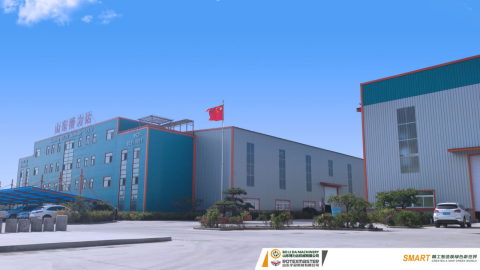
A leader in pellet technology, Shandong Bolida Machinery Co., Ltd. specializes in durable, high-performance biomass pellet machines. Their products feature:
l CE & ISO certification, ensuring compliance with global standards.
l Customizable designs for diverse feedstocks, from rice husks to bamboo.
l 24/7 technical support and energy-efficient solutions.
With a client base spanning 30+ countries, Bolida empowers farmers and enterprises to harness crop waste sustainably.